
Working principle of diesel engine: The working process of diesel engine is actually the same as that of a gasoline engine. Each working cycle also goes through four strokes of air intake, compression, work and exhaust.The diesel engine inhales pure air during the intake journey.
The four strokes are intake stroke, compression stroke, work stroke and exhaust stroke. Except for the work stroke, the other three are powerless output strokes, that is, ineffective strokes. The operation of the engine depends on the inertia of the flywheel and the working stroke of the engine.
The working principle of the four-stroke engine is to output power by transforming the up and down movement of the piston into the rotational movement of the crankshaft. The working process of a four-stroke engine is to convert the chemical energy of fuel into the mechanical energy of the piston reciprocate. The four strokes of a four-stroke engine are intake stroke, compression stroke, power stroke and exhaust stroke.
Exhaust stroke: The exhaust gas generated after the combustion of combustible mixed gas must be excluded from the cylinder in order to carry out the next working cycle.

The working principle of the engine is: electricity is provided by the storage battery. Under the control of the ignition switch and the start relay, the starter converts electrical energy into mechanical energy, drives the engine flywheel gear and crankshaft to rotate, and the start-up work can be cycled, so that the engine enters a self-operation state.
The working principle of automobile engines is mainly to convert chemical energy into mechanical energy. The reason why the engine has sufficient power is that it generates kinetic energy by burning the fuel in the cylinder, which makes the piston in the engine cylinder reciprocate, which is also a process of working cycle.
High-temperature and high-pressure gas acts on the top of the piston, pushing the piston to make a linear reciprocating movement, and the mechanical energy can be output outward through the connecting rod, crankshaft and flywheel mechanism. The four-stroke gasoline engine completes a working cycle in the intake stroke, compression stroke, workingstroke and exhauststroke.
In a working cycle of a diesel engine, only1 (work) stroke is driven by the piston to rotate the crankshaft, and the other 3 strokes are prepared for the work, and the piston movement needs to be driven by the crankshaft. The crankshaft of a single-cylinder diesel engine only rotates half a turn twice, so it will produce a large vibration, and the crankshaft rotation is unbalanced.
Working principle and process of diesel engine: The diesel engine generates high heat from the compressed air body, which explodes and expands after being sprayed into atomized diesel. The pressure acts directly on the piston, pushing the piston to make an unequal linear reciprocate movement along the cylinder.
The cylinder, cylinder head and piston form the combustion chamber, and the diesel is sprayed into the combustion chamber through the fuel injector and mixed with the air in the combustion chamber for combustion.
HS code categorization for finished goods-APP, download it now, new users will receive a novice gift pack.
Working principle of diesel engine: The working process of diesel engine is actually the same as that of a gasoline engine. Each working cycle also goes through four strokes of air intake, compression, work and exhaust.The diesel engine inhales pure air during the intake journey.
The four strokes are intake stroke, compression stroke, work stroke and exhaust stroke. Except for the work stroke, the other three are powerless output strokes, that is, ineffective strokes. The operation of the engine depends on the inertia of the flywheel and the working stroke of the engine.
The working principle of the four-stroke engine is to output power by transforming the up and down movement of the piston into the rotational movement of the crankshaft. The working process of a four-stroke engine is to convert the chemical energy of fuel into the mechanical energy of the piston reciprocate. The four strokes of a four-stroke engine are intake stroke, compression stroke, power stroke and exhaust stroke.
Exhaust stroke: The exhaust gas generated after the combustion of combustible mixed gas must be excluded from the cylinder in order to carry out the next working cycle.

The working principle of the engine is: electricity is provided by the storage battery. Under the control of the ignition switch and the start relay, the starter converts electrical energy into mechanical energy, drives the engine flywheel gear and crankshaft to rotate, and the start-up work can be cycled, so that the engine enters a self-operation state.
The working principle of automobile engines is mainly to convert chemical energy into mechanical energy. The reason why the engine has sufficient power is that it generates kinetic energy by burning the fuel in the cylinder, which makes the piston in the engine cylinder reciprocate, which is also a process of working cycle.
High-temperature and high-pressure gas acts on the top of the piston, pushing the piston to make a linear reciprocating movement, and the mechanical energy can be output outward through the connecting rod, crankshaft and flywheel mechanism. The four-stroke gasoline engine completes a working cycle in the intake stroke, compression stroke, workingstroke and exhauststroke.
In a working cycle of a diesel engine, only1 (work) stroke is driven by the piston to rotate the crankshaft, and the other 3 strokes are prepared for the work, and the piston movement needs to be driven by the crankshaft. The crankshaft of a single-cylinder diesel engine only rotates half a turn twice, so it will produce a large vibration, and the crankshaft rotation is unbalanced.
Working principle and process of diesel engine: The diesel engine generates high heat from the compressed air body, which explodes and expands after being sprayed into atomized diesel. The pressure acts directly on the piston, pushing the piston to make an unequal linear reciprocate movement along the cylinder.
The cylinder, cylinder head and piston form the combustion chamber, and the diesel is sprayed into the combustion chamber through the fuel injector and mixed with the air in the combustion chamber for combustion.
Country-specific HS code exemptions
author: 2024-12-23 22:46Global HS code data enrichment services
author: 2024-12-23 22:20Food and beverage HS code mapping
author: 2024-12-23 21:50Navigating HS code rules in Latin America
author: 2024-12-23 21:18Global trade shipping route optimization
author: 2024-12-23 21:00HS code-based invoice validation
author: 2024-12-23 22:59Predictive models for trade demand
author: 2024-12-23 22:42How to reduce stockouts via trade data
author: 2024-12-23 21:59Real-time supply chain event updates
author: 2024-12-23 21:15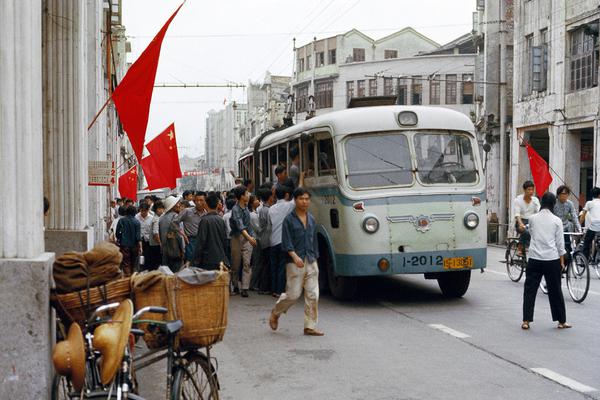 global shipment tracking
global shipment tracking
789.47MB
Check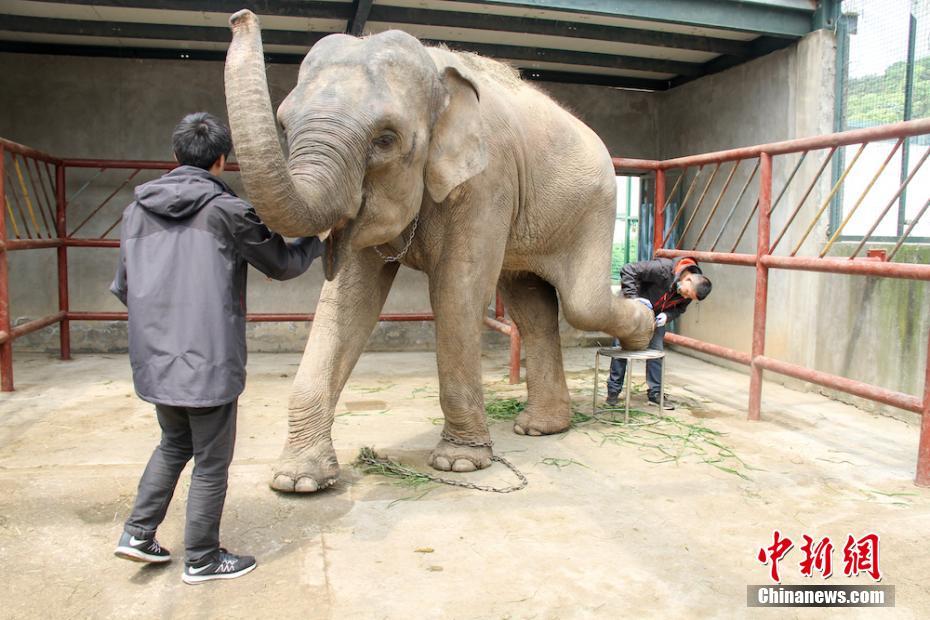 Top trade data keywords for SEO
Top trade data keywords for SEO
483.87MB
Check Sustainable supply chain analytics
Sustainable supply chain analytics
491.11MB
Check Global trade barrier analysis
Global trade barrier analysis
327.59MB
Check Best platforms for international trade research
Best platforms for international trade research
242.86MB
Check How to select the best trade data provider
How to select the best trade data provider
753.94MB
Check Global HS code data enrichment services
Global HS code data enrichment services
546.45MB
Check Global trade disruption analysis
Global trade disruption analysis
788.61MB
Check Asia import data insights
Asia import data insights
133.68MB
Check Bio-based plastics HS code classification
Bio-based plastics HS code classification
236.34MB
Check Agriculture trade data by HS code
Agriculture trade data by HS code
275.19MB
Check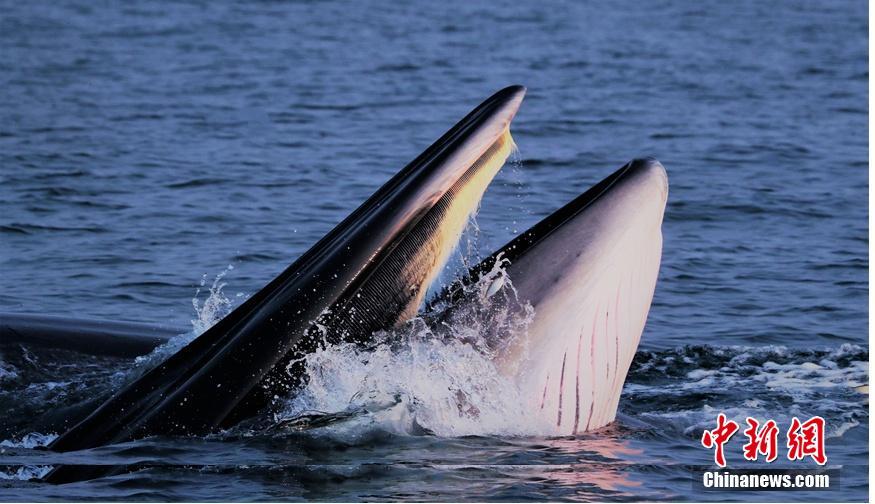 HS code mapping for infant formula imports
HS code mapping for infant formula imports
232.64MB
Check How to manage trade credit risks
How to manage trade credit risks
432.65MB
Check Trade data-driven cost modeling
Trade data-driven cost modeling
624.22MB
Check How to find ethical suppliers
How to find ethical suppliers
164.62MB
Check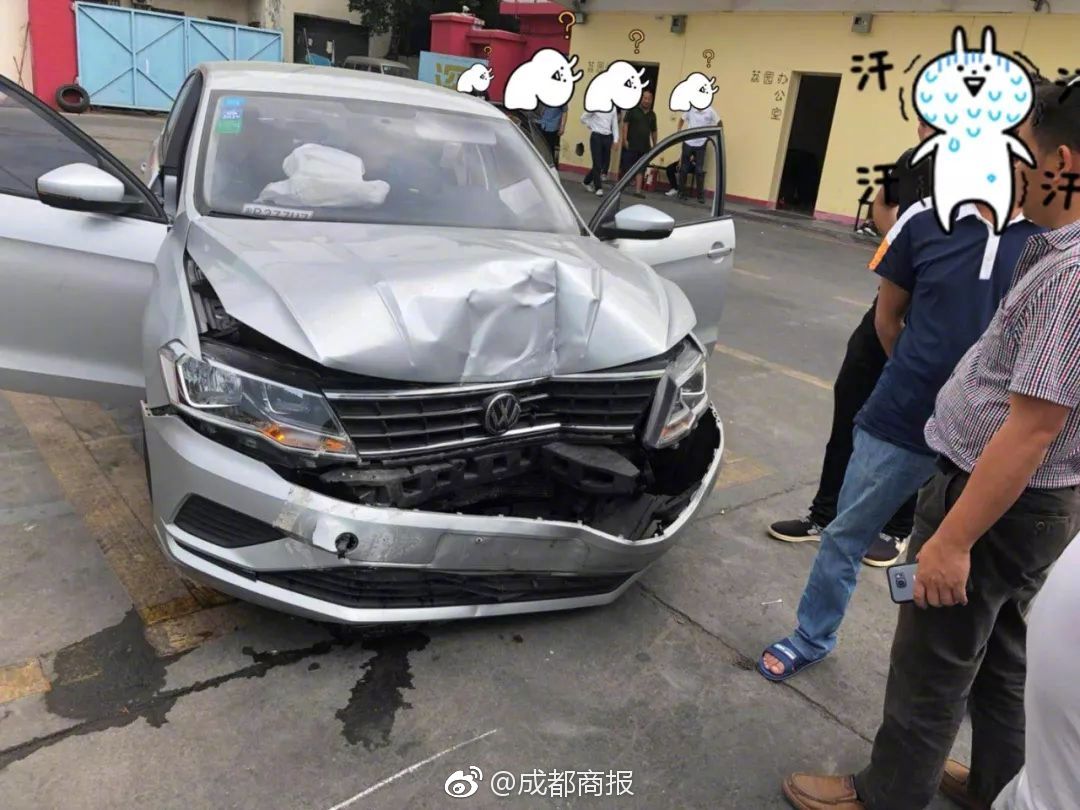 Customs authorization via HS code checks
Customs authorization via HS code checks
641.87MB
Check HS code classification for electronics
HS code classification for electronics
778.85MB
Check Industry-specific trade data filters
Industry-specific trade data filters
874.44MB
Check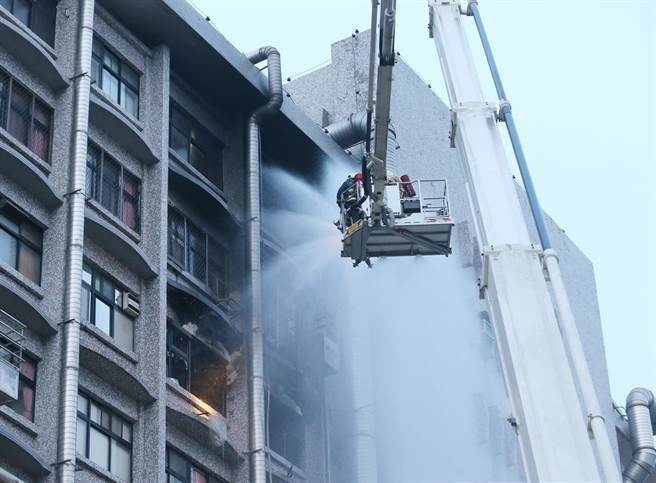 How to analyze competitor shipping routes
How to analyze competitor shipping routes
596.73MB
Check Understanding HS codes in trade data
Understanding HS codes in trade data
426.79MB
Check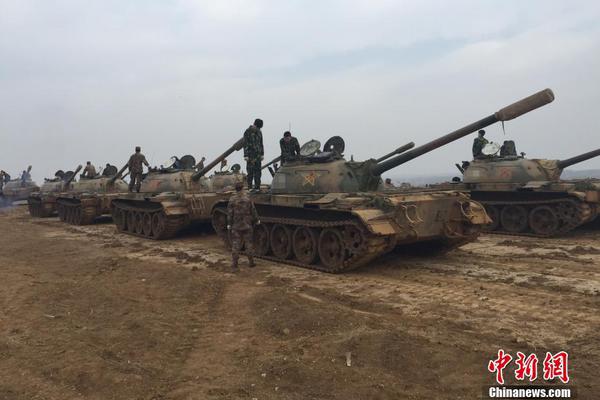 Global sourcing directories by HS code
Global sourcing directories by HS code
594.71MB
Check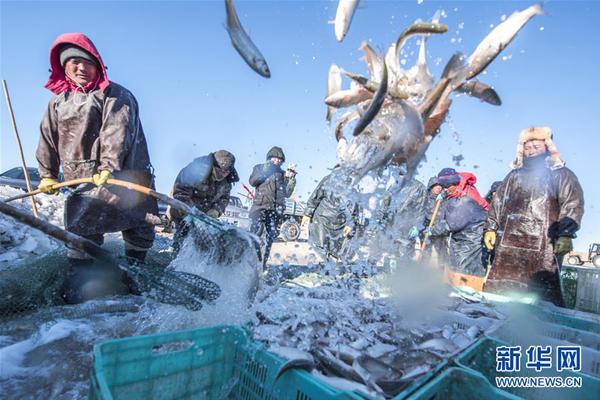 HS code-based transport cost modeling
HS code-based transport cost modeling
165.46MB
Check Global trade corridor analysis
Global trade corridor analysis
525.74MB
Check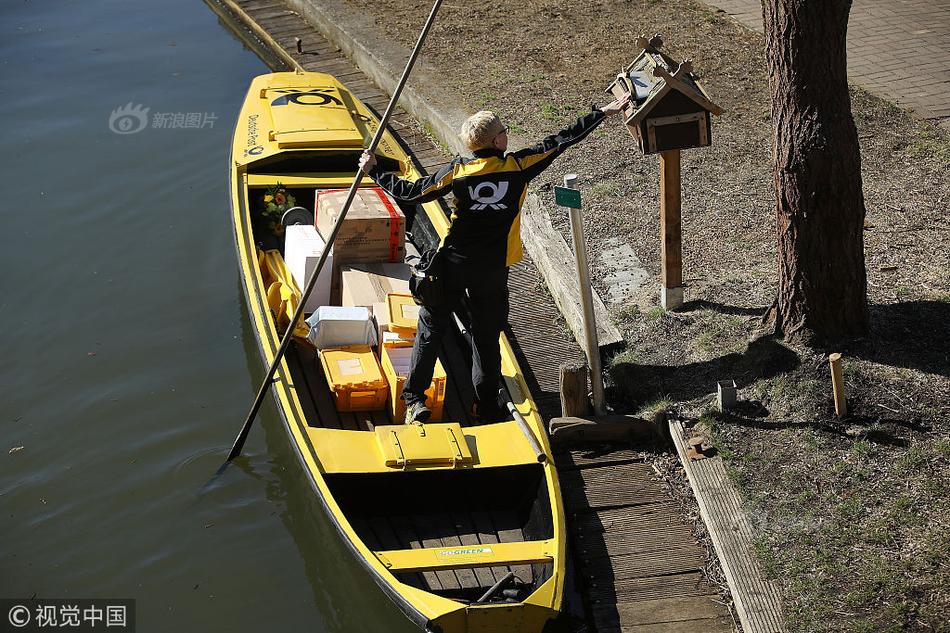 Trade data for transshipment analysis
Trade data for transshipment analysis
874.12MB
Check How to meet import health standards
How to meet import health standards
272.84MB
Check HS code integration with audit trails
HS code integration with audit trails
663.69MB
Check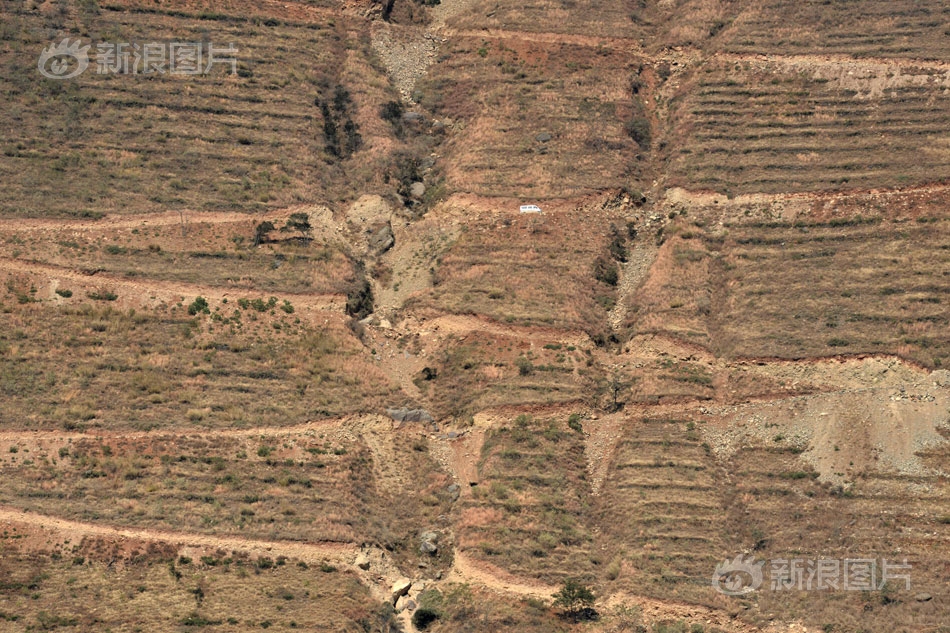 HS code-driven cost-benefit analyses
HS code-driven cost-benefit analyses
585.49MB
Check Agriculture import export insights
Agriculture import export insights
121.21MB
Check HS code guides for Middle East exporters
HS code guides for Middle East exporters
877.63MB
Check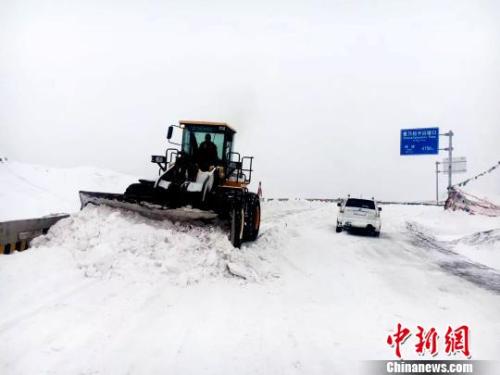 HS code integration in trade blockchains
HS code integration in trade blockchains
933.49MB
Check UK trade data management software
UK trade data management software
566.44MB
Check How to use HS codes for tariff predictions
How to use HS codes for tariff predictions
966.98MB
Check Comparative industry trade benchmarks
Comparative industry trade benchmarks
774.38MB
Check HS code compliance for customs
HS code compliance for customs
392.44MB
Check trade data solutions
trade data solutions
319.24MB
Check How to leverage big data in trade
How to leverage big data in trade
339.24MB
Check
Scan to install
HS code categorization for finished goods to discover more
Netizen comments More
2097 HS code tagging in tariff databases
2024-12-23 23:04 recommend
280 Real-time freight schedule optimization
2024-12-23 23:02 recommend
862 Agricultural machinery HS code lookups
2024-12-23 22:41 recommend
1502 HS code-based invoice matching
2024-12-23 22:13 recommend
2501 Advanced import export metric tracking
2024-12-23 20:58 recommend